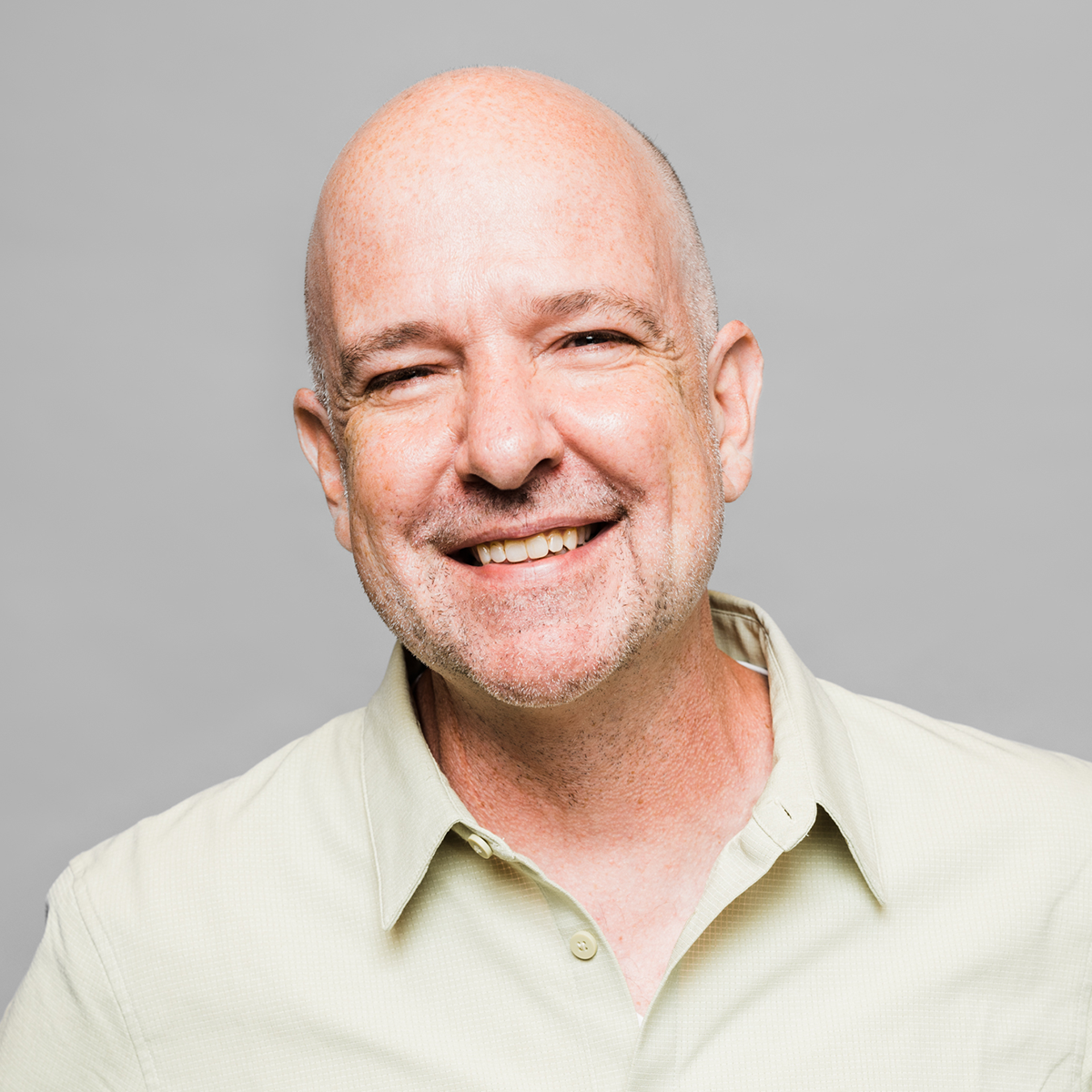Collective Next turns 10 this year. This is part of a series of posts in which people at the company share what we’ve learned about helping companies come together, think better, and move forward over the past decade. (See some earlier posts in the series here and here and here.) Today Hamilton Ray, a senior principal who has been part of Collective Next since 2005, discusses his work here – starting with how he got here.
I began as an English major at college. I loved literature. I started studying Shakespeare with a teacher who taught both English and theater. He said I shouldn’t just read Shakespeare. I should be in Shakespeare. I did it and I loved it. I felt natural to me. It was all about telling stories. When I was at Emery, I did an internship at a theater in Atlanta. It was a small theater, one of those let’s-get-everyone-together-and-put-on-a-show places. The goal always was to create a great experience.
When I finished my internship there, a friend of mine said we should start a theater company ourselves. Why not? We weren’t getting the parts we wanted and we figured the way to get the parts we wanted was to cast ourselves. I was the managing director and he was the artistic director. We did that for five years. I loved it, but I really wanted to act. So I moved to New York to be an actor. I did that for a couple of years. I ended up putting on my own shows as well in New York because I still wasn’t getting roles.
My friend who I started the theater group with moved to New York, too. He started doing facilitation work, I began to do so as well, and I realized when we were doing events we were doing what we’d always done: We were putting on shows. We had an audience. It was all the same things I loved about putting on a show in the theater. And the content was fascinating to me. It was fun business school every day. I was teaching attendees, attendees were teaching me, and it was art and business coming together. There was a structure and a methodology out there, but you could find new ways to be creative every time you were faced with a challenge. That was the leap.
There are differences between theater and the work for Collective Next, of course. In theater, you are telling someone else your story. Here, you’re trying to help your audience create its own story and have a great experience doing it. The audience members are the actors. As a facilitator, it’s more like you’re directing, trying to help them tell their story. But there are more similarities than differences.
Part of serving your audience is making sure all of them can see themselves in the story they’re constructing. That can be harder when companies aren’t trying to come up with a shared story; they just want to communicate a decision and make sure everyone in the group comes along with it. But if the story we’re trying to pull together is one that everyone in the group can see themselves in, company sponsors can’t pretend they’re looking for joint discovery when all they really want is buy-in. You have to be true about your intentions. When we coach sponsors, we emphasize that people are smart and they can see right through it if you’re claiming to do one thing but are really doing another. If you want your message to land, you have to be authentic about where you’re coming from.
Sometimes you have to cooperate, and sometimes you have to collaborate. It’s OK to be a leader, make a decision, and say this is the way it’s going to be. But help your team understand why you decided it and figure out how you’re going to make it happen together. The story is more about the “how” than the “why” or the “what.” If you have a “what” before you start, don’t pretend that you don’t. Emphasize that you’ve make a decision to act on an opportunity and that you’re there to figure out how you’re going to do it. That’s where you can start the collaboration.
Maybe the most important thing I’ve learned from this work is that anyone can collaborate. Building a culture of innovation is hard work, but it can be done almost anywhere. There don’t have to be people playing guitars or throwing teddy bears. I’ve worked with large organizations that are known for being very command-and-control, but they’ve turned out to be very collaborative, very open to everyone contributing. If the Department of Defense can embrace this, open to exploring new ways to work together, any organization can. If we can help them, we can help anybody.
Back




